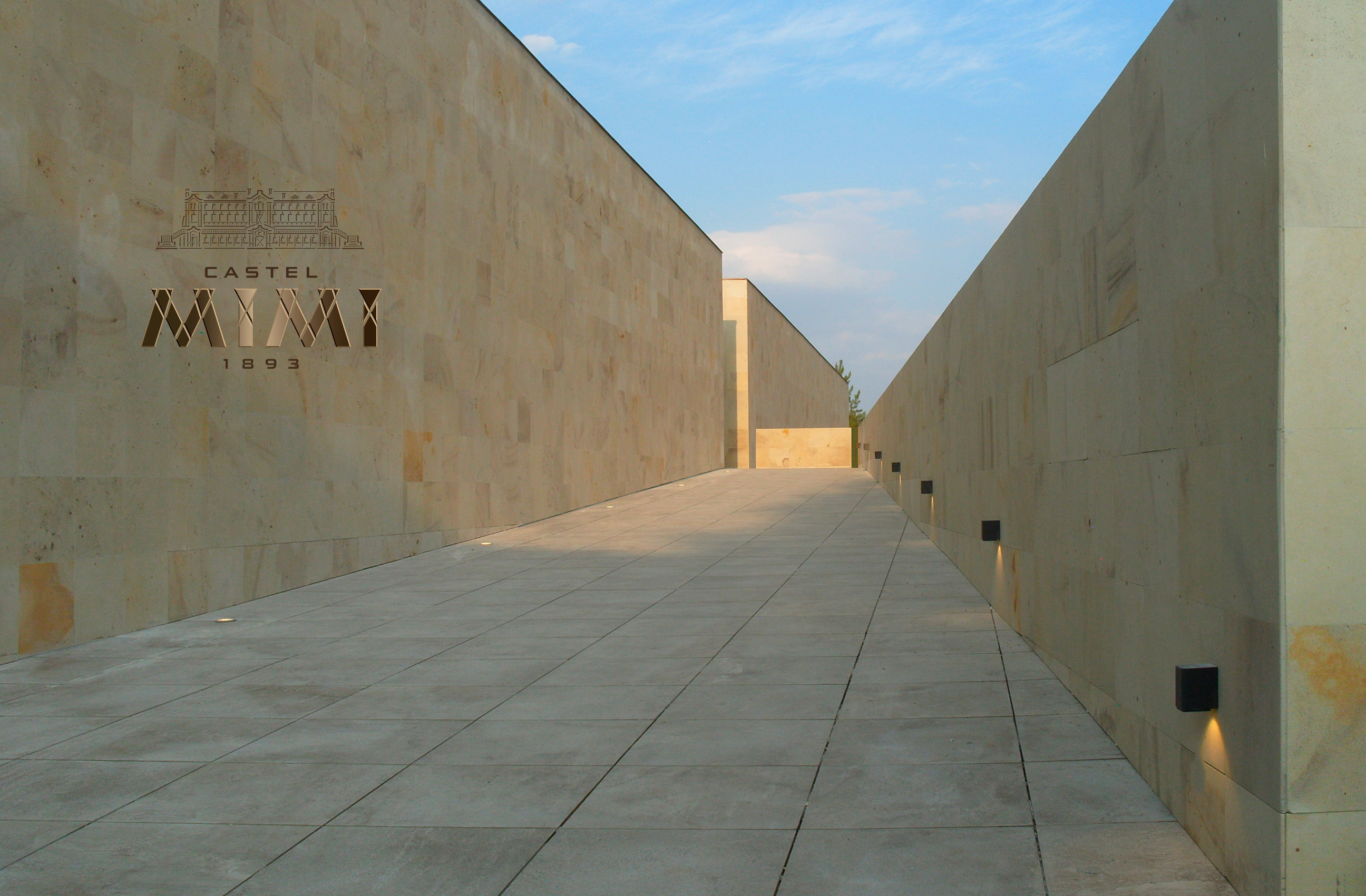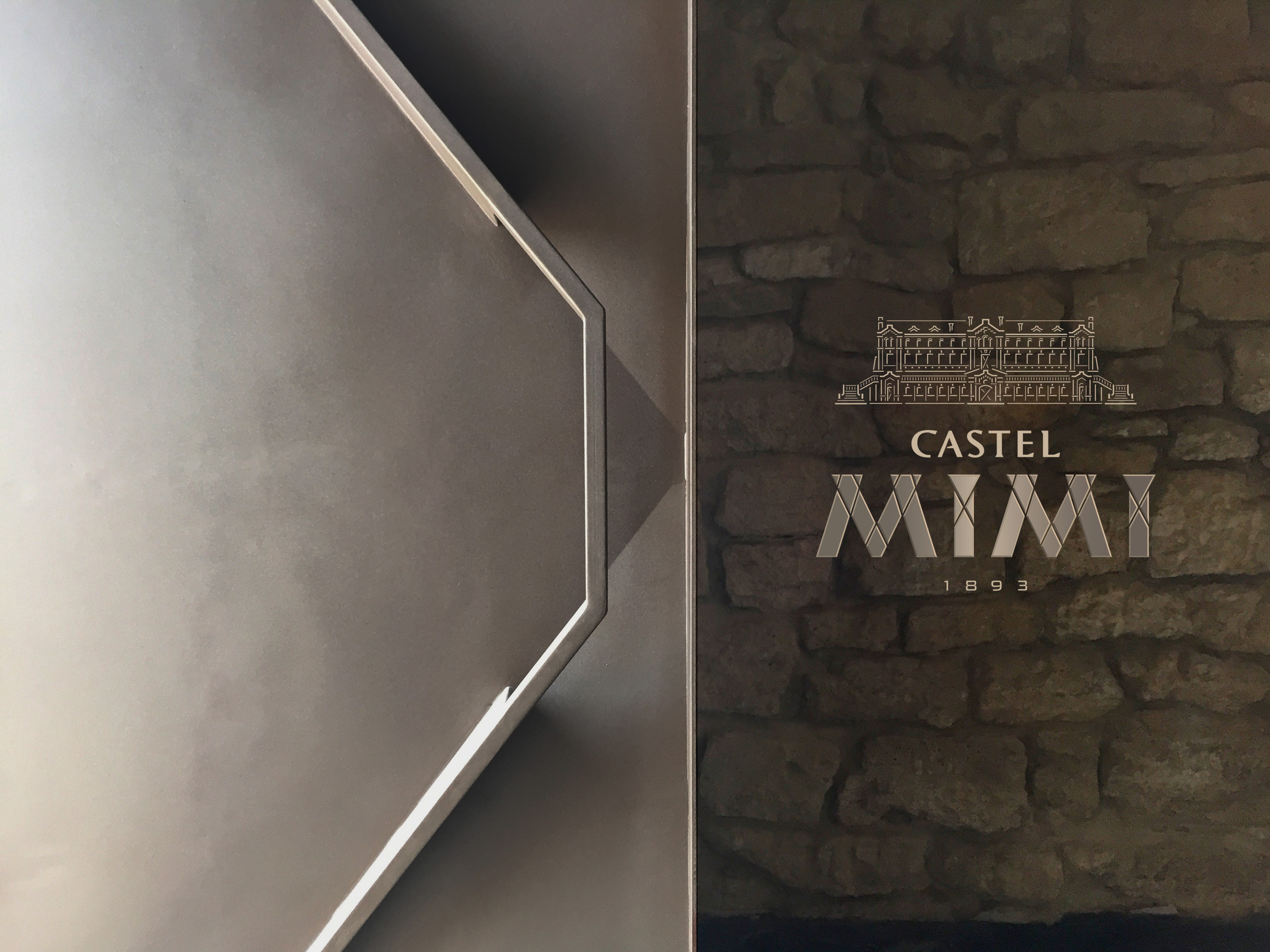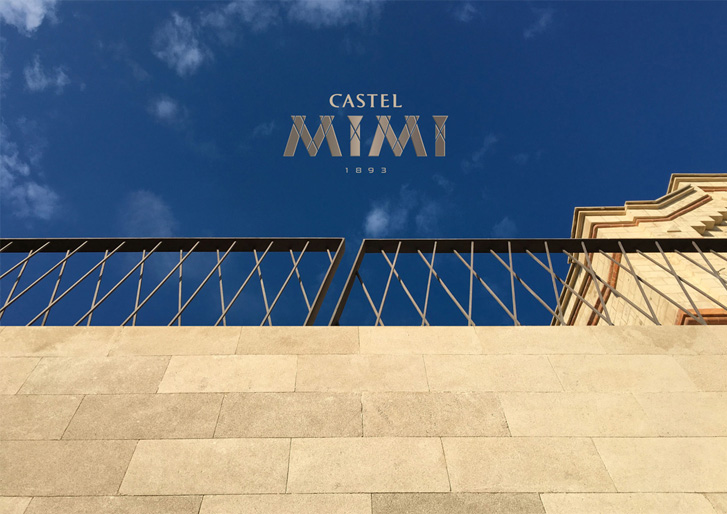NEWS
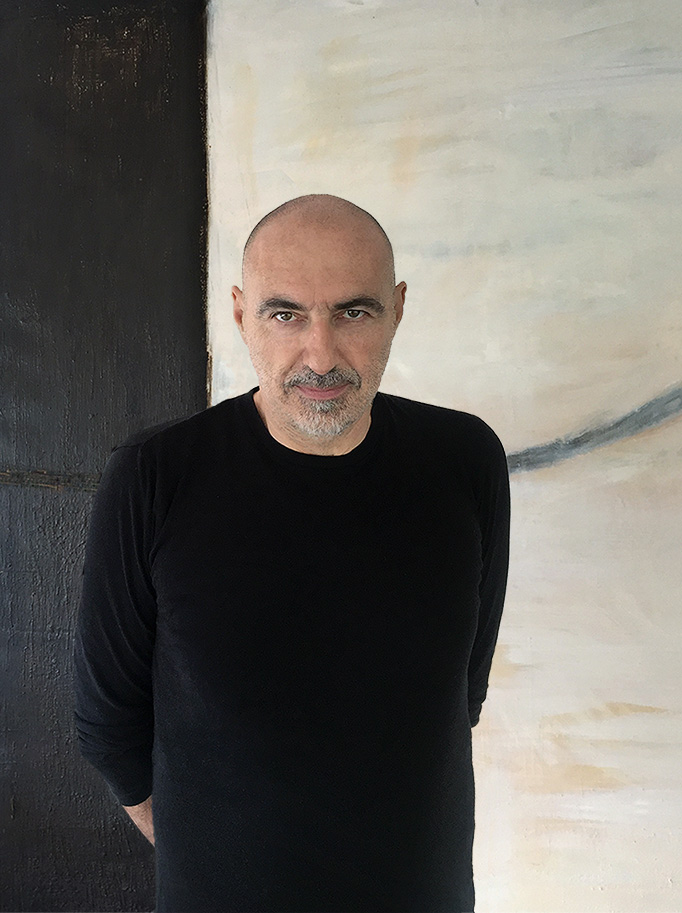

TO INHABIT THE PROJECT
August 30th 2016
“Every thing is alive and has an influence on us”.
Encounter with Arnaldo Tranti, multiform designer,
builder of identities and, especially, constructor of tales.
read more ...

You say that “things inhabit us”. What do you mean?
Any object or space communicates something to us. It can deliver emotions and make us feel good, bad or indifferent. In this sense we can say that things can enter and inhabit us.
Therefore design and architecture have a key role in our everyday life.
Yes. The architecture or the objects that surround us are not only our living stage, they are above all the scene we have chosen in order to “become ourselves” and communicate it to the others. The space we live in influences our way of thinking and behaving, moment after moment, without even realizing it.
I see more and more architecture in your works. Why and how did you come to that?
Often in my work I’ve been confronted with architecture projects that were lacking identity. This compromises the effectiveness of a global communication. And we know how important communicating is today. To engage in architecture has been a natural development for me. We always work at projects, from small to big, closely taking care of every single phase: from sign to design to architecture. Before even grabbing a pencil we focus sharply on what we want and how to reach that. The benefit for the Principal is to deal with only one interlocutor that designs, follows and monitors the project in its entire course, down to its final communication.
We more and more discuss about identity as if we were losing it...
Each and every one of us is in search of something that could represent us. It can be an object, a sign or a place.
And we might not end up finding it… if it has not been designed with its own identity. Communication is created when at least one of the two subjects finds in the other something that is shared. So, to be successful, a project must contain something the ‘user’ may recognize as his own.
Any project has to be measured against the client’s needs, with technical and budget constraints. How do you compromise well with that.
Once objectives and guidelines are determined, the skill lies in coordinating and managing every element inside the pathway chosen. Then the solutions come by themselves. Contraints are a client’s necessity and if they are not clear I have to help identify what is best for them. To understand from the beginning what the aim is crucial. That’s how I can confront scenarios and realities always different… and that’s where I can learn, learn a lot.
What are your creative methods and inspirations.
Simplifying, in order to design architecture and furnishings in harmony, the oriental culture for thousand of years has adopted the Feng-Shui code. In the western world instead we have Art, a complex balance between opposites than can create harmonies, which are constantly new because anchored at the time in which they’re expressed. These 2 great visions of the world, the neverending oriental discipline and the everchanging entropy of the western world, are constantly present in my work.

ABITARE IL PROGETTO
30 Agosto 2016
“Ogni cosa è viva e ci influenza”.
Incontro con Arnaldo Tranti designer multiforme,
costruttore di cose e soprattutto di storie.
continua a leggere ...

Dici che le cose “ci abitano”. Puoi spiegarci cosa intendi?
Qualunque oggetto o spazio ci comunica qualcosa, infatti ci può emozionare, farci sentire bene o male oppure lasciarci indifferenti. In questo senso, si può dire che le cose entrano dentro noi e “ci abitano”.
Quindi il design e l’architettura hanno un ruolo fondamentale nel nostro vivere quotidiano.
Assolutamente sì. L’architettura o gli oggetti che ci circondano non sono solo il palcoscenico del nostro vivere, sono soprattutto la scena che abbiamo scelto per “diventare noi stessi” e per comunicarlo agli altri. Lo spazio domestico, la casa dove viviamo, influisce sul nostro modo di pensare e di agire, attimo dopo attimo senza che noi ce ne accorgiamo. È fondamentale che sia un luogo di “equilibrio”!
Penso che tutti noi siamo alla ricerca di un equilibrio ma non è semplice da raggiungere.
Equilibrio è armonia quindi bellezza. Il suo significato mi ha affascinato da sempre. Mi sono sempre chiesto: quando, come e perché c’è? Contrariamente a quello che uno potrebbe pensare, l’equilibrio non è una situazione stabile. Tutt’altro, è uno stato molto dinamico che nasce solo quando accetti totalmente le 2 potenze contrapposte, il bene e il male, il buio e la luce che sono la natura che ci ospita e modella. Nessuna vince sull’altra in modo definitivo. Se prendi atto che dentro di noi c’è anche il “negativo” quando ascolti il “positivo” tutto diventa più intenso e capisci meglio cosa accade.
Ho visto che nel tuo lavoro c’è sempre più architettura, come ci sei arrivato e perché?
Spesso nel mio lavoro mi trovo a confrontarmi con dei progetti che o non corrispondono alle linee guida iniziali oppure sono mancanti di identità, quindi invisibili. E questo compromette l’efficacia della comunicazione nel suo complesso di qualunque progetto. L’architettura deve soddisfare il desiderio di entrare e vivere lo spazio interno. E una volta dentro deve darti un respiro di appartenenza, di familiarità e la voglia di restare.
Si parla sempre più spesso di identità come se ci sfuggisse, eppure sui social networks ogni giorno diciamo al mondo chi siamo...
Ognuno di noi è alla ricerca del “suo luogo”, ma molto spesso non lo trova perché non è stato identificato e/o definito dal progettista. Di per sé le cose non hanno identità. Identitario è qualcosa che si definisce attraverso la relazione con l“altro”. E la comunicazione nasce quando almeno 1 dei 2 soggetti trova nell’altro almeno 1 cosa che condivide. Per questo è importante che il progetto contenga almeno 1 cosa nella quale il fruitore si possa riconoscere e lo stimoli a “entrare”.
Segui un metodo nei tuoi progetti e quali sono i tuoi riferimenti?
Discorso molto complesso. Semplificando, per disegnare in armonia architettura e arredi, la plurimillenaria cultura orientale ha adottato un codice: il Feng-Shui. In occidente invece abbiamo l’Arte, un complesso equilibrio tra gli opposti, capace di creare armonie sempre nuove perché ancorate al tempo nel quale si esprime. è il Rinascimento Italiano che rivela al mondo questa straordinaria alchimia e ne cerca le regole. Pensa alle sensazioni, alle emozioni che si provano quando sei in una piazza, in un palazzo o in una chiesa del ‘500. Queste 2 grandi visioni del mondo, la disciplina orientale eterna e l’entropia mutante dell’occidente, convivono nel mio lavoro.
CAVE MONT BLANC
October 28th 2015

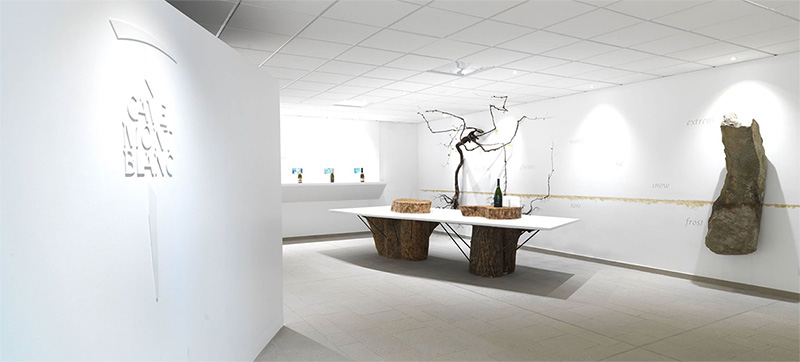
Inaugurazione showroom e laboratorio di spumatizzazione in quota a 2.173 m fra i ghiacciai del Monte Bianco
more
CAVE MONT BLANC
October 28th 2015


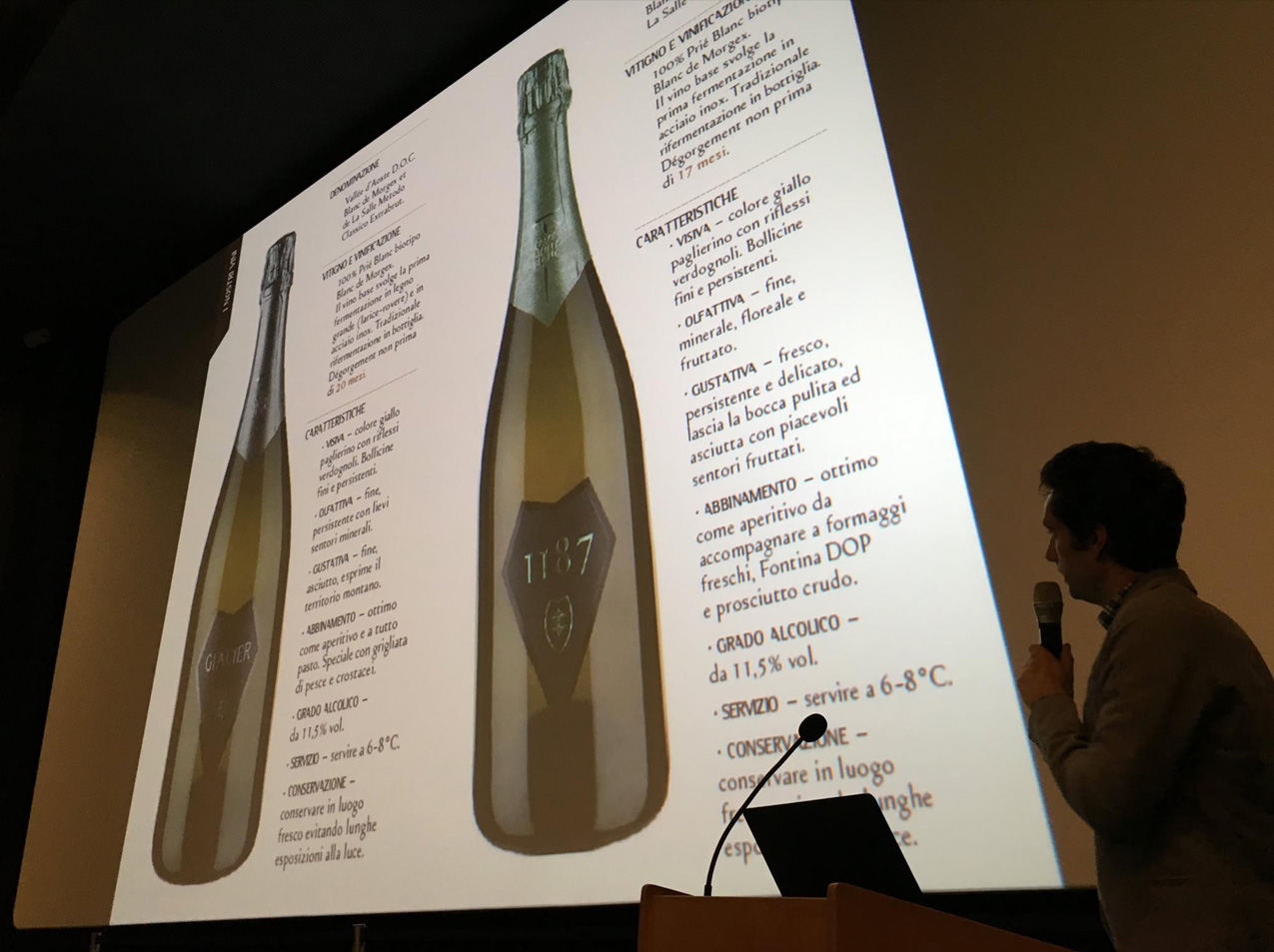


Presentazione logo e livree Cave Mont Blanc, Pavillon SkyWay Monte Bianco.
Inizio di un nuovo percorso
more
